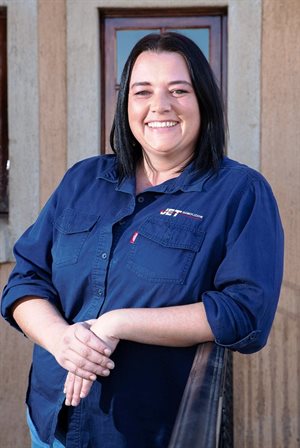As with all industries, construction has different facets and specialties, all interesting and unique in their own right. It is not uncommon for young engineers and technicians to select a career in either contracting or consulting and then to pursue that career fully without experiencing the other side of the coin, so to speak.

Kate Bester, contracts manager, Jet Demolition
The construction industry offers many opportunities for collaboration between consultants and contractors, but these opportunities are not often fully explored, often resulting in contractual disagreements and a disjointed and misaligned approach to the works.
Projects that do not have a collaborative and engaging approach to their overall management display signs of distress early on. Budgets are soon overrun, contractual claims are increasingly prevalent in meetings and parties often segregate, each resorting to defend opinions instead of finding practical and effective solutions. With the ever-increasing pressure on carrying out projects on time, within budget and to the best standards possible, it is more important than ever to adopt a collaborative approach to large-scale projects.
I was fortunate to have had both consulting and contracting experience, and it has definitely broadened my own understanding of industry. I like to believe that this has resulted in a much more collaborative approach to the projects I manage. At the most fundamental level, there is a much deeper and more comprehensive understanding of what the other party is faced with when one has spent time in their shoes.
Shifting from defensive to co-operative approach
By having this insight and understanding, the approach to challenges shifts from being defensive to co-operative. Project managers, design engineers and resident engineers are able to quickly assess and address issues as they arise, effectively collaborating to find the most practical and realistic approaches to challenges. This, in turn, results in open and effective communication, reduced overall project costs, less claims and more realistic project timelines.

Controlled implosion of redundant cooling towers. Image supplied
At present, the onus is on the young engineer or technician to explore the different facets of the industry. I believe it would be of great benefit if contracting and consulting firms align their personnel development strategies and actively encourage young persons to explore the other sides of the industry, within defined frameworks.
These frameworks could include fundamental exchange programmes during which willing participants could be given the opportunity to experience and explore without personal risk. Occasional vacation work is not necessarily sufficient to get a deeper understanding of the industry. However, spending a few years with a consultant, and then being brave enough to explore contracting for a few years or vice versa is the only way to truly come to grips with the challenges each facet of the industry experiences.




























